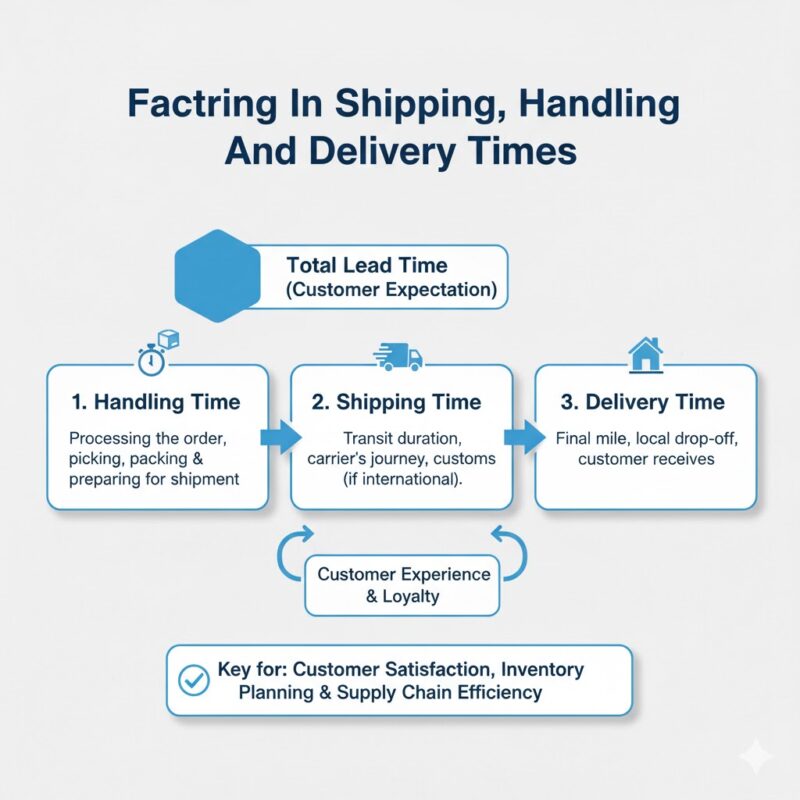Blog
What to Know Before Buying Anything Overseas

With global shopping now just a click away, it is never been easier to buy products from overseas. Whether it is a designer bag that’s cheaper abroad, rare collectables or even a dream vehicle from another country, the internet has turned the entire world into one big marketplace. But as convenient as international shopping can be, it comes with a few strings attached from import taxes and shipping delays to scams and warranty headaches. Knowing what to expect before you hit “buy” can save you time, money, and frustration down the track.
Financial considerations
- Foreign transaction fees: Many credit cards charge a 2–3% fee on every purchase made in a foreign currency. It is wise to carry at least two credit cards from different companies with no foreign transaction fees in case one is not accepted or gets lost.
- Currency conversion: Always pay in the local currency, not your home currency, when offered the choice. The merchant’s exchange rate will almost always be less favorable than the rate from your bank. Use a currency converter app to double-check prices.
- Notify your bank: Contact your bank and credit card companies before you leave to let them know you will be making overseas purchases. This prevents them from flagging foreign transactions as suspicious activity and putting a hold on your card.
- Use credit, not debit: Credit card purchases offer more protection than debit card transactions. Use a credit card for most purchases, and only use your debit card to withdraw cash from an ATM if necessary.
The Appeal (and Challenge) of Buying Overseas
There’s no denying the appeal of overseas shopping. You can often find unique products not available in Australia, access lower prices due to currency differences, or buy directly from specialised suppliers. For car enthusiasts, for instance, importing a car from Japan to Australia can be an exciting and cost-effective way to own rare models that never made it to local dealerships.
- New lifestyle and experiences: The allure of a change of scenery, immersing oneself in a different culture, and owning a home in a foreign country is a significant draw.
- Cost savings: Purchases may be cheaper in certain overseas markets due to differences in labor, materials, or economic conditions.
- Access to new markets: Businesses can benefit from a wider range of products, unique innovations, and potential growth opportunities by sourcing from or selling to other countries.
- Diversification: For investors, owning overseas assets can be a way to diversify their portfolio.
Understand Import Duties and Taxes
One of the first things to check before buying anything from overseas is how much it will really cost once it lands in Australia. Import duties, GST, and customs fees can quickly turn a bargain into a budget blowout.
Clothing, electronics, and cosmetics might attract different rates. It’s worth using the Australian Border Force’s online duty calculator or checking with the Department of Home Affairs to estimate costs before you buy.
Check for Restrictions and Prohibited Items
Not everything can legally be imported into Australia. The country has strict biosecurity and safety standards designed to protect consumers and the environment.
Items such as food, plants, animal products, weapons, and even some medicines require special permits or are outright banned. Electrical goods might also need to comply with Australian safety standards and voltage requirements (Australia runs on 230V, 50Hz power).
Factor in Shipping, Handling, and Delivery Times

International delivery can be unpredictable. While express couriers might deliver within a week, standard shipping can take anywhere from two to six weeks or even longer if customs holds your package for inspection.
Shipping and handling costs
- Packaging materials: The cost of boxes, tape, filler, and other protective materials.
- Labor: The cost of employee time spent picking, packing, and preparing orders for shipment.
- Shipping fees: The carrier’s charges for transportation, fuel surcharges, and label generation.
- Overhead: Indirect costs like storage, software, and hardware used in the shipping process.
Understand the Warranty and Return Policies
Local and overseas purchases follow different protection rules.
In Australia, you’re covered by consumer law for refunds and repairs.
Overseas sellers often don’t offer the same protection.
If an item arrives faulty or breaks soon after, returns can be difficult.
You may have to pay return shipping — sometimes costing more than the product.
Some sellers may not accept returns at all.
Always read the warranty details before buying.
Check if the brand offers a global or international warranty.
Be Aware of Currency Exchange and Payment Fees
When shopping internationally, your final cost can vary due to fluctuating exchange rates and bank fees. Most Australian credit cards charge a foreign transaction fee of around 2–3% on international purchases.
Research the Seller and Read Reviews
Just because a website looks legitimate doesn’t mean it is. Online scams and counterfeit products are common, especially when dealing with overseas sellers.
Before buying, research the company thoroughly. Look for reviews on independent platforms, not just testimonials posted on their own site. Check if the retailer lists contact details and a physical address. A quick Google search of the business name plus “scam” or “reviews” can reveal a lot.
Consider Local Alternatives
Sometimes, the allure of buying overseas is driven by price — but once you factor in duties, shipping, and potential warranty issues, it’s not always cheaper.
Before importing, check whether an Australian retailer offers the same product or something comparable. You might pay a little more upfront, but you’ll benefit from local warranty support, faster delivery, and easier returns.
Insurance and Payment Protection
Whenever you’re spending a significant amount, especially overseas, make sure you’re covered in case something goes wrong.
Use secure payment methods like credit cards or PayPal — they often provide dispute resolution and chargeback options if the seller fails to deliver. Avoid direct bank transfers or money orders, which offer little protection.
For big-ticket purchases, especially items like vehicles, machinery, or antiques, consider taking out separate insurance during transit. Once the goods arrive in Australia, check if your home or business insurance covers imported items.
Customs Declarations and Documentation
If your order exceeds AUD $1,000, you’ll need to complete an import declaration form before customs releases your goods. The courier or postal service usually helps facilitate this, but you’re responsible for providing accurate information.
Incorrect or incomplete paperwork can cause delays or result in extra fees. Always keep your invoices, payment receipts, and shipping documents handy customs officers may ask for proof of value or authenticity.
For complex imports, such as vehicles or machinery, using a customs broker can make the process smoother. They will handle all the paperwork and compliance requirements on your behalf.
